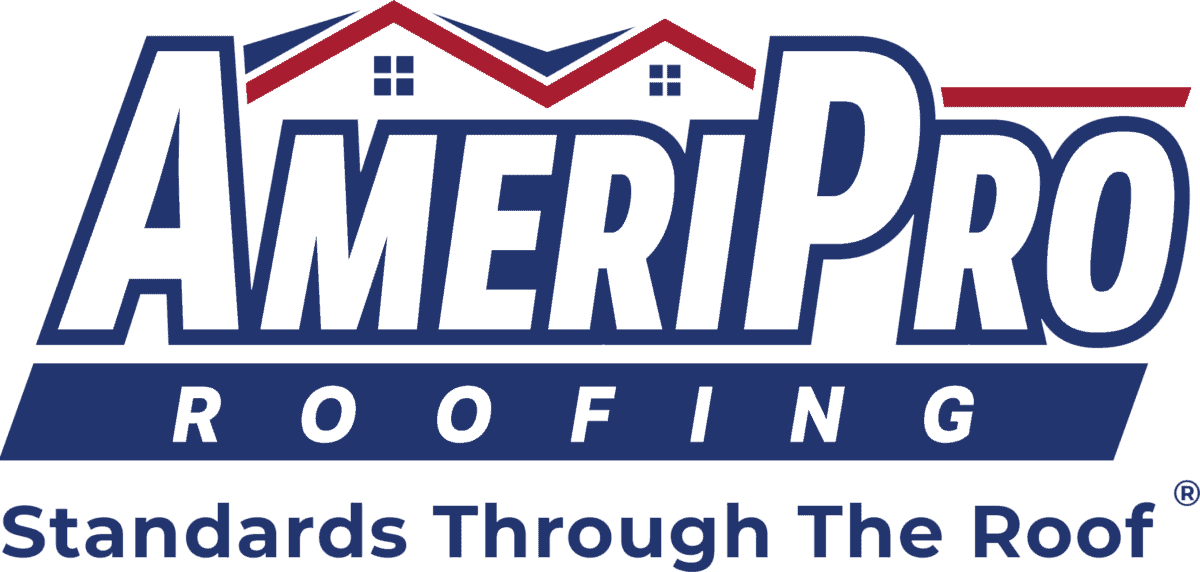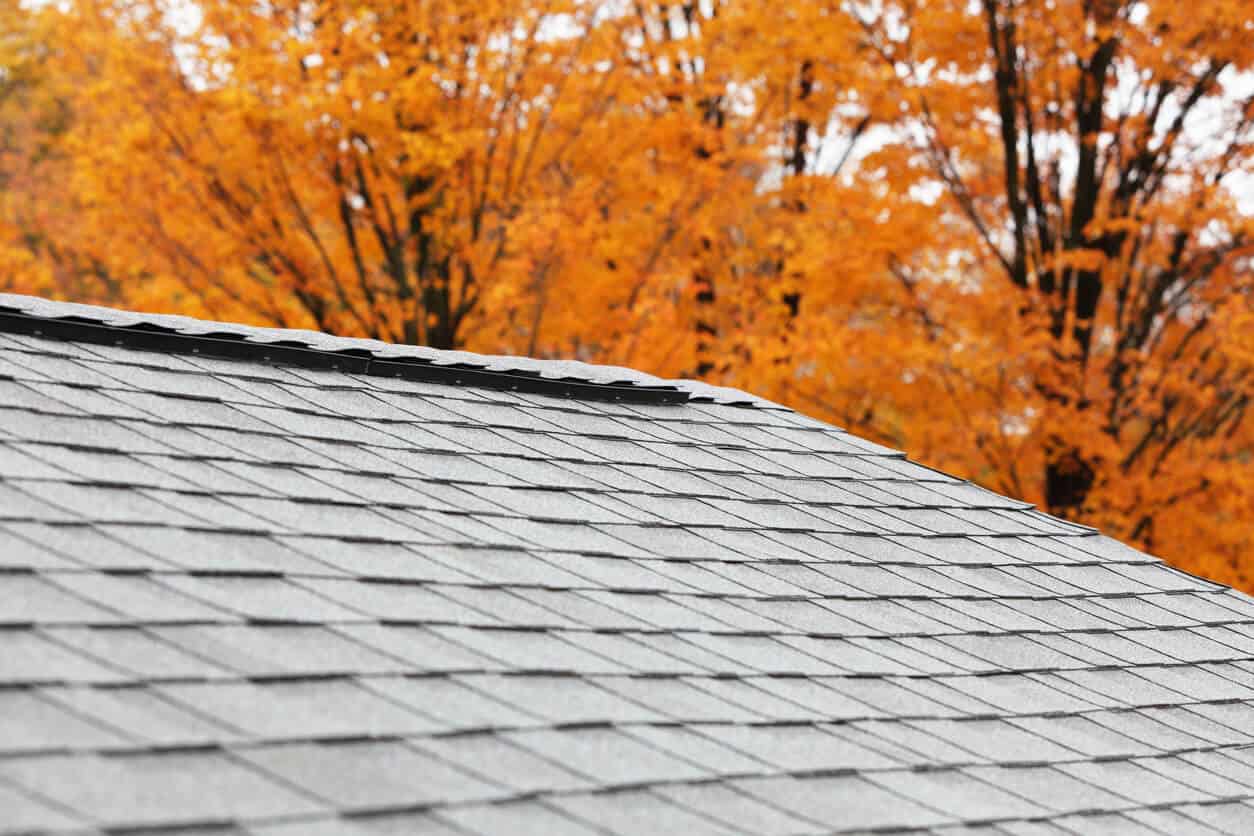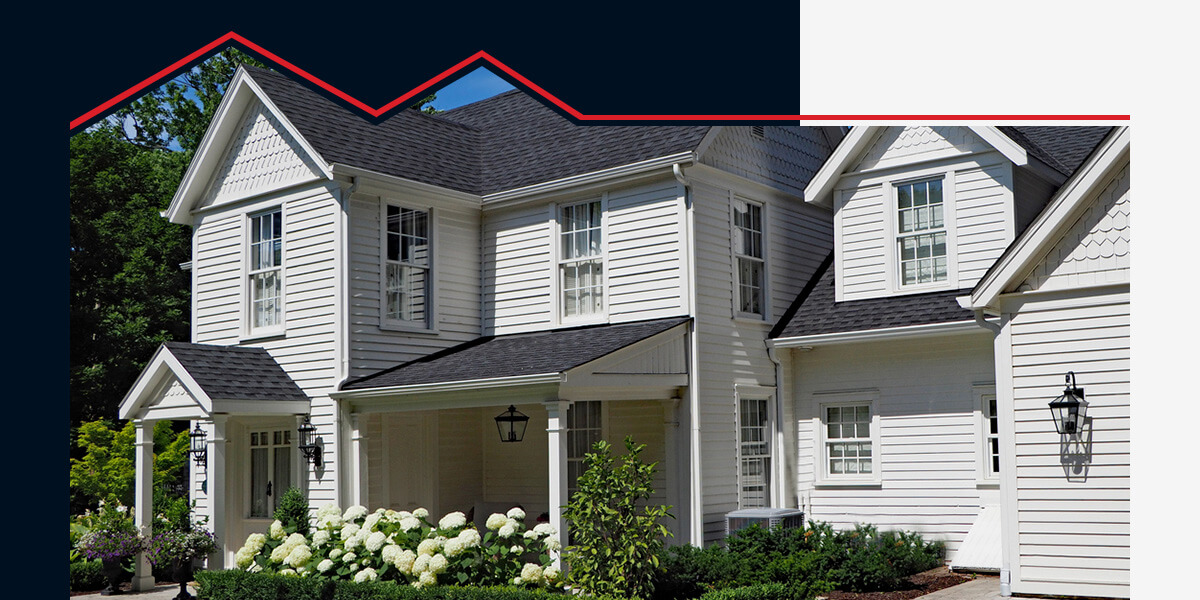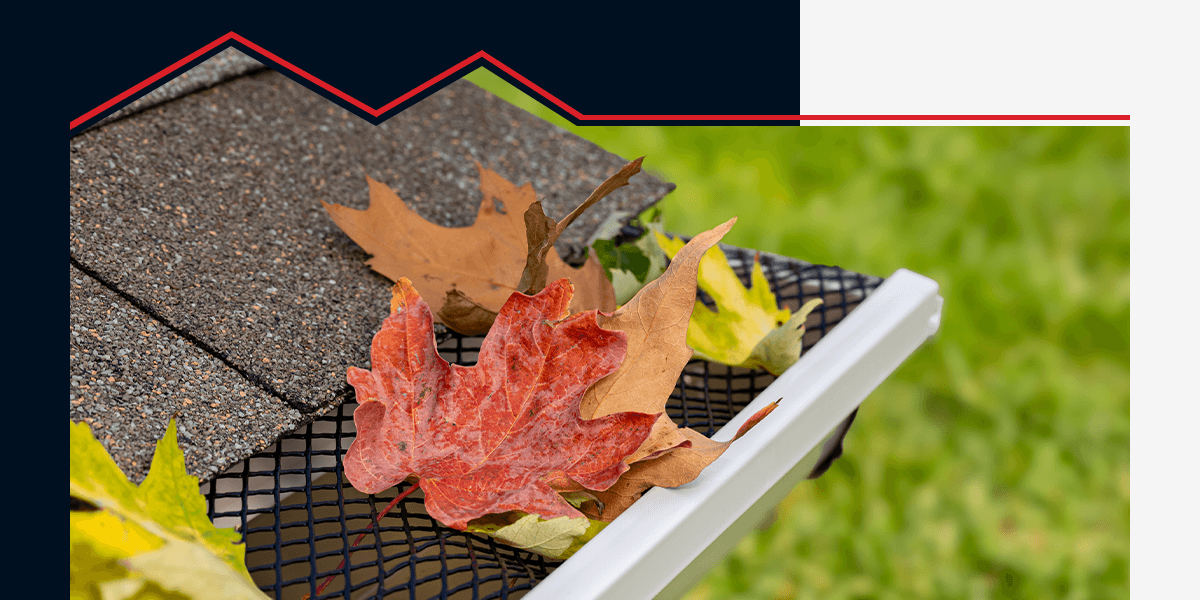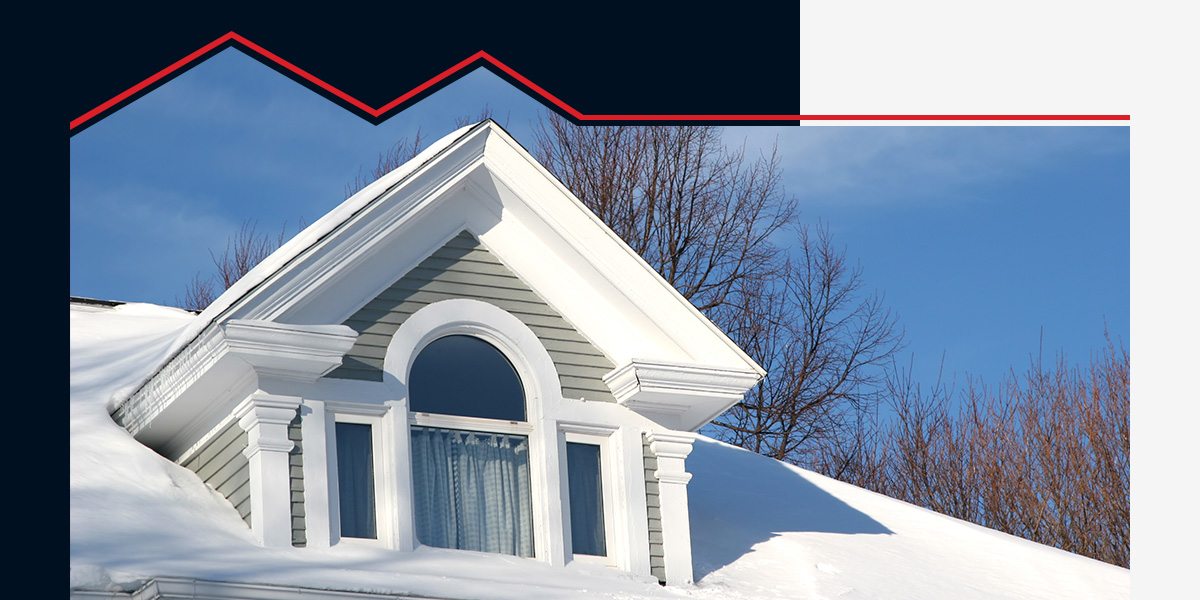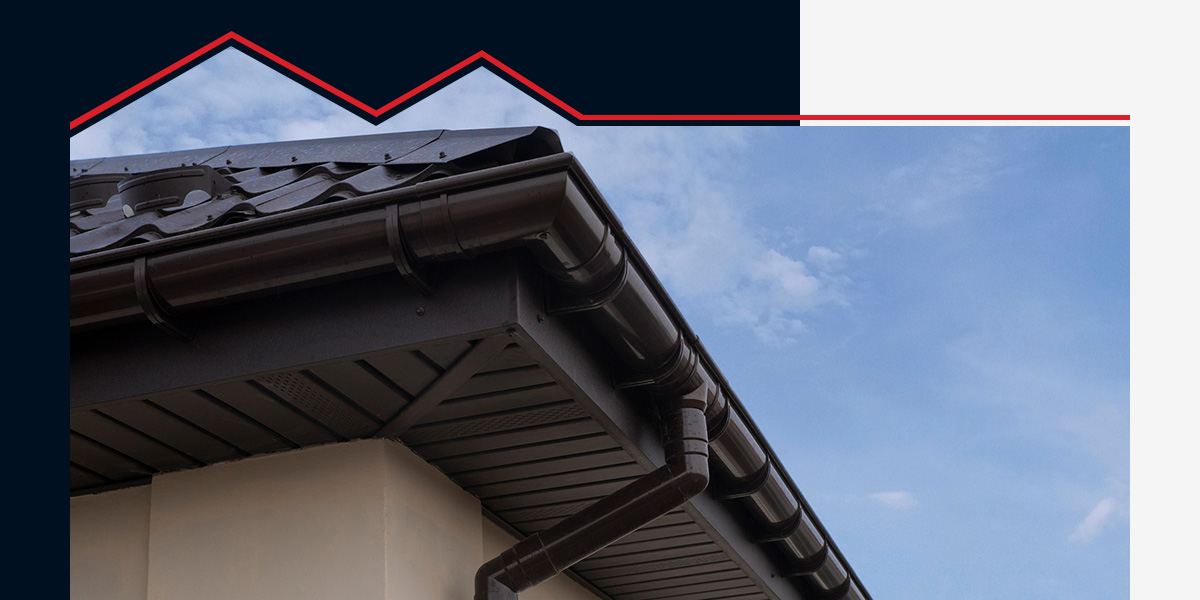What Are the Types of Roof Vents?
One of the reasons we provide this blog is to educate our customers about one of the essential structural components of their homes – the roof. Today, we would like to dive into the topic of the different types of roofing attic ventilation.
We have found that many of our clients are unaware of the importance of proper attic ventilation. We’ll tell you why roof vents are necessary and discuss the types of roof vents. Finally, we will tell you what to do if you suspect you do not have proper roof ventilation in your home.
Why are roof vents necessary?
There are two basic types of roof vents – intake and exhaust vents. Intake vents bring fresh air into your home, and exhaust vents remove stale air from your attic space. Here are some reasons why having a balanced ventilation system is essential for homes in every type of climate and season.
An attic ventilation system will:
- Reduce moisture in your house
- Remove stagnate air
- Prevent mold, fungus, and mildew from forming in your attic or crawlspace
- Reduce wood rot
- Keep the air in your attic out of your home
- Reduce heating and cooling costs
- Prevent ice dams from forming on your roof
To learn more about the importance of ventilation in your home, check out this report from the EPA.
What are the types of roofing attic ventilation?
Now that you know the importance of ventilation systems, let’s discuss the different roof ventilation types.
Box Vents:
Box vents have no moving parts. They are also called low-profile vents, louvers, flat vents, turtle vents, or static vents. This type of exhaust vent is installed over a hole cut out of the roof, which creates an opening for the rising hot air and moisture to escape.
Wind Turbines:
Wind-driven turbine vents are another type of passive ventilation. This roof ventilation spins in the wind and draws hot and humid air from the attic.
Power Vents:
Powered vents turn fans to pull hot air and moisture out of the attic. Your hardwired power roof vent may come equipped with an adjustable thermostat or humidistat, which means the fan will come on under certain conditions.
Ridge Vents:
Continuous ridge vents are installed on the ridge of the roof. This exhaust ventilation and off ridge vents help air circulation throughout the home.
Soffit Vents:
A soffit vent is a type of air intake vent. It is installed in soffits and eaves and is most effective when used with a continuous ridge vent.
Cupola Vents:
A cupola vent is sometimes viewed as a decorative piece. However, this part of your roofing system works on the principle that “hot air rises.” And, as that warm air rises, it escapes through the decorative vent and into the atmosphere.
Gable Vents:
Gable vents are high up on the side of the house within the peak of a gable. A gable vent can work as an intake or exhaust vent in your vent system.
Contact AmeriPro Roofing for Installation or Repair of Your Exhaust Vents or Intake Roof Vents
If you suspect that you don’t have proper ventilation in your attic, contact AmeriPro Roofing. We install or repair all types of roof ventilation products, including hardwired power roof vents and static roof vents. We have locations in Colorado, Illinois, Indiana, Iowa, Kansas, Maryland, Michigan, Minnesota, Nebraska, North Carolina, Ohio, Tennessee, and Wisconsin. Schedule your free roof inspection by using our online tool.


